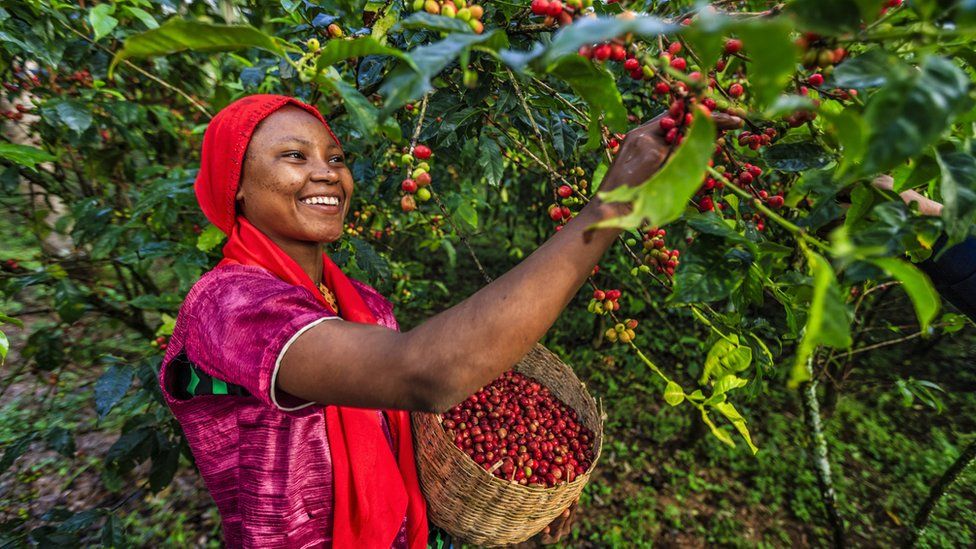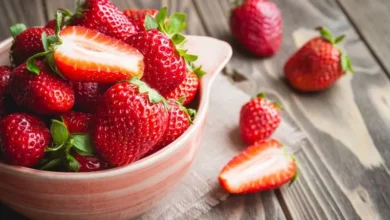New coffee genetic map promises better brews

Scientists have unravelled the genetic secrets of coffee in a discovery they say paves the way for more flavoursome brews.
Researchers in Italy pieced together the most complete genetic map yet of Arabica coffee, the world’s most popular drink.
The new insights into the plant’s genetic make-up will help in the breeding of new coffee crops.
And it may lead to coffee plants that can cope better in a warming world.
“We have produced a new sequence map of coffee, Arabica,” Dr Michele Morgante of the University of Udine in Italy, said.
“This tool may give us ways to provide coffee growers with better plants that appeal more to the consumers, and cope better with changing climatic conditions.”

The study used the latest DNA sequencing technology to examine the genetic make-up of the Arabica coffee plant in unprecedented detail.
The knowledge allows scientists to home in on the genes important in coffee production, such as the distinctive sweet, soft flavour of the brew.
It may also help coffee growers develop new varieties of coffee with particular flavours and aromas as well as those able to tolerate tougher growing conditions.
Rising temperatures and unpredictable rainfall are altering the conditions under which coffee plants are grown, leading to decreased yields and increased attack from pests and diseases.
The study is published in the scientific journal, Nature Communications.
Dr Aaron Davis of the Royal Botanic Gardens, Kew, said it was an “important step forward in our understanding of the genetic diversity of coffee which may help to guide the future development of this economically important and much-loved crop species.”
Jeremy Torz, co-founder of the London-based coffee roasting business, Union Hand-roasted Coffee, said much of what we taste and enjoy about coffee is a result of the work of coffee farmers – and the science will help them develop plants that are well-suited to producing good coffee in a changing environment.
“It’s a reassurance that with the combination of good science and passionate farmers, the brew that we love will be around in a form that we know it for a lot longer,” he said.
What is Arabica coffee?
Arabica beans are deemed to have a superior taste. The coffee is grown in the mountains and accounts for over 60% of the world’s coffee production.
Arabica has limited resilience to climate change; farmers are already experiencing the impacts of elevated temperatures and low or erratic rainfall.
Other threats to coffee production include price fluctuations, pests and diseases, and extreme weather.
The vast majority of wild coffee grows in the remote forests of Africa and on the island of Madagascar. Beyond Africa, wild coffee is found in other tropical climates, including parts of India, Sri Lanka, and Australia.
What types of coffee do we drink?
More than 100 types of coffee tree grow naturally in forests, but only a handful are used for drinking.
The global coffee industry is dominated by two main coffee crops – Arabica (Coffea arabica) and Robusta (Coffeea canephora).
A third species – Liberica (Coffea liberica) is grown around the world, but is rarely used for coffee drinks.











